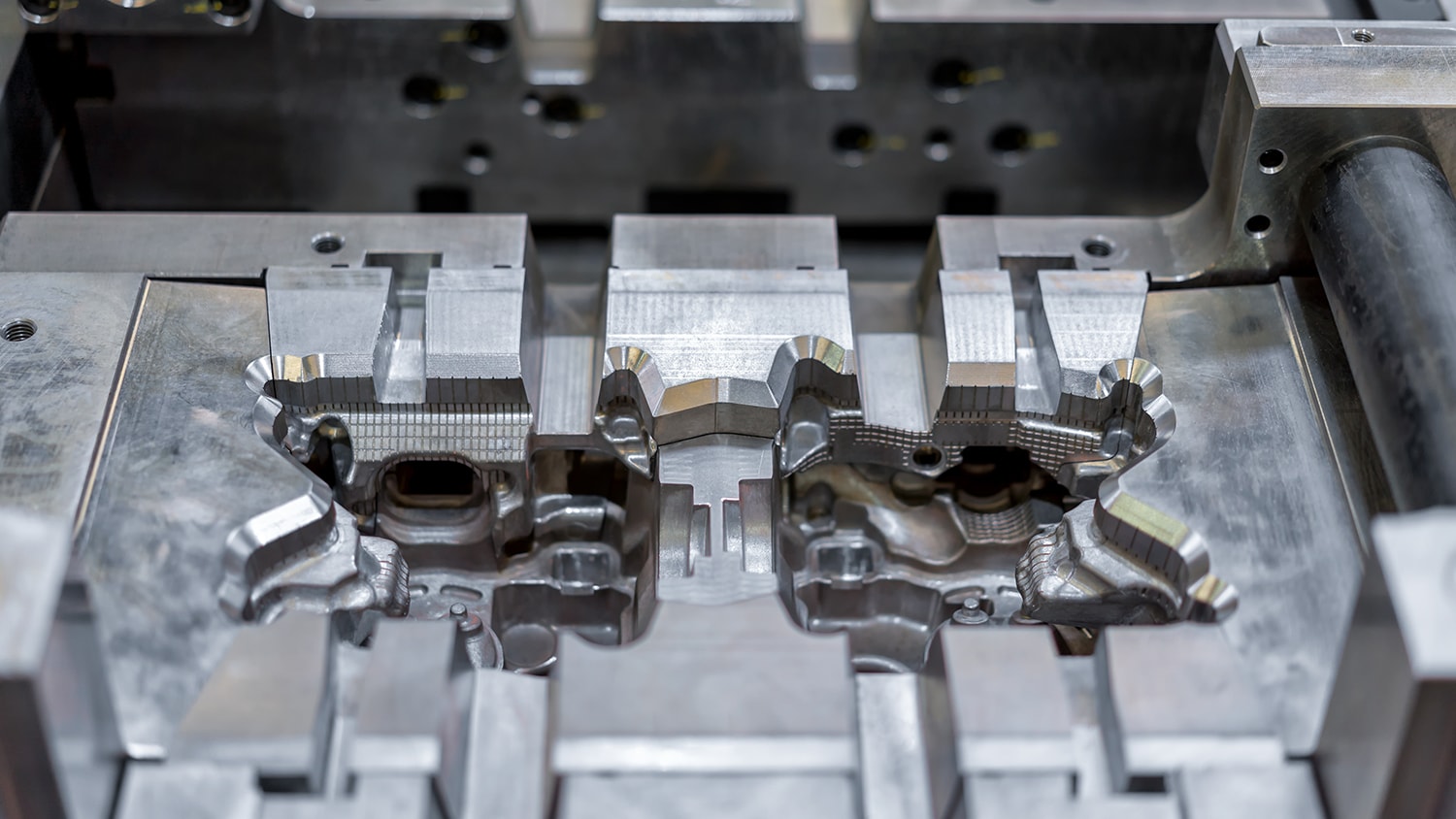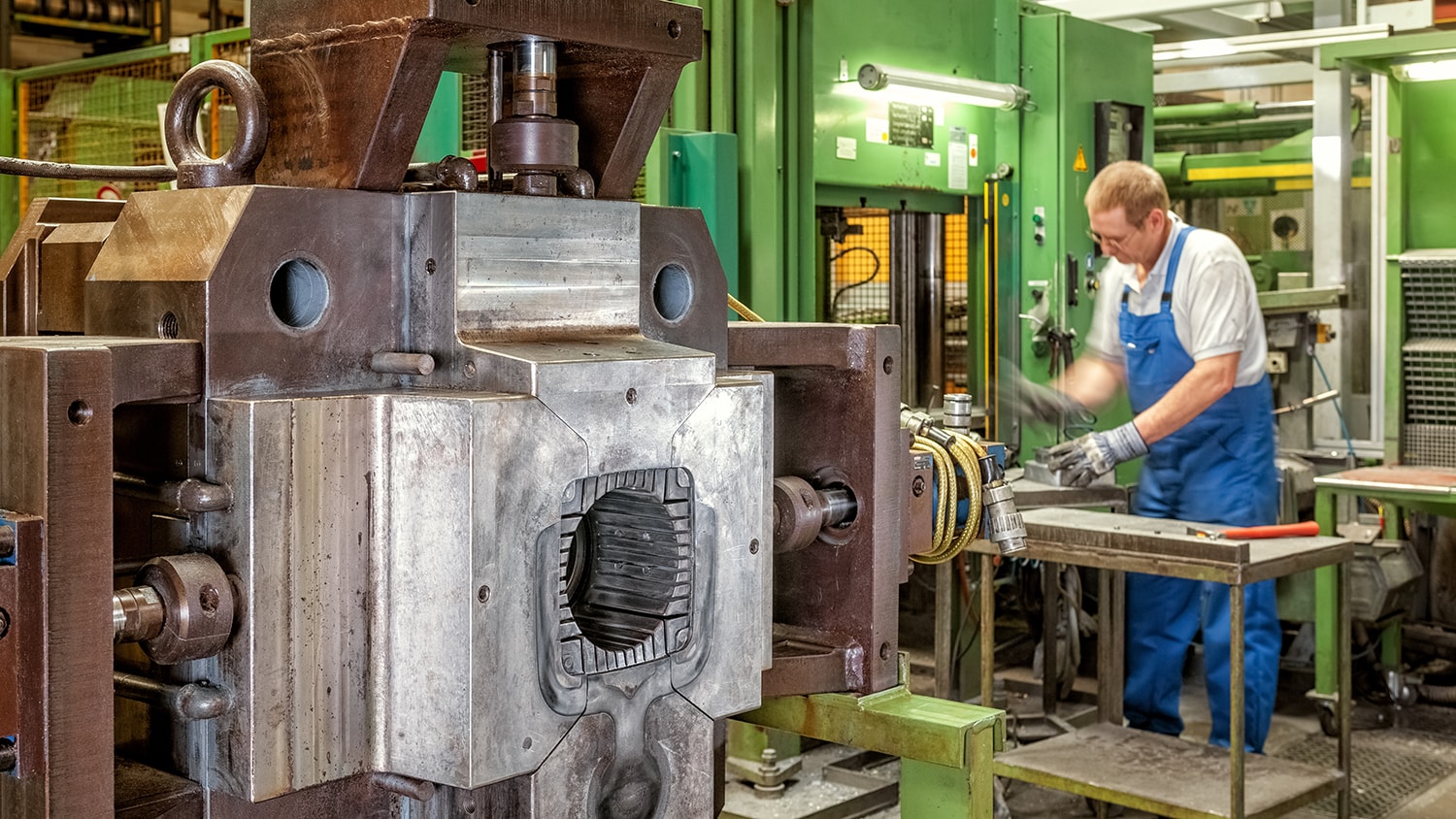By offering endless possibilities for components and shapes in an efficient process, die casting is a clear winner among manufacturing techniques. But what about its cost efficiency?
Although die casting tools are a high initial investment, this process offers long-term cost-savings by more efficiently producing a higher output of products.
Lowering Production Costs with Die Casting

Here are three ways die casting keeps production costs lower than other manufacturing methods.
1) High rates of production
Although Simalex is setup to support low volume casting needs, die castings are often produced in immense volumes. A well-designed die casting tool can produce more than 100,000 cycles, given that a tool can have many cavities, a single tool can potentially produce over one million parts.
This process—along with some of the materials used in die casting—allows for a high degree of repeatability while ensuring accuracy. The dimensional stability and predictable shrinkage rates of aluminium, zinc and magnesium alloys, for example, ensure part-to-part consistency throughout long production runs. You can potentially produce hundreds of thousands of identical castings before requiring any additional tools and equipment.
Such consistency and reliability keep production lean and cost-efficient.
2) Various material and machine options
As metal alloys have diverse properties, they actually help simplify production. Designers of complex, multipart assemblies will use alloys of varying strengths depending on the desired strength of the component.
When these designers select the alloys and processes used for individual components, they help reduce overall production costs.

For further cost savings, die casting also employs different types of machines for different functions. For example, while aluminum needs to be cast in cold chamber die casting machines (since it corrodes hot chamber machines), other materials that are compatible with hot chamber die casting can be selected for this less expensive method.
3) Consolidating multiple components
Another way die casting can reduce production costs is through the consolidation of multiple parts into one. One single cast part can often replace multiple components. Secondary milling, reaming, and boring operations can even be eliminated if the right features are incorporated in the casting.
It’s a no-brainer that efficiency is key in cost reduction. Consolidating assembly procedures and multiple components into a single die casting can result in substantially reduced manufacturing costs.
In some cases, inserts can be overmold right into the part in the casting process, resulting in assembly economies of scale.
Boost cost efficiency with die casting
Thanks to advancements in tooling techniques and technology, die casting is becoming an increasingly economical, efficient process. It offers a great deal of flexibility and accuracy while minimizing labor hours via efficient multipart assemblies.
At Simalex, we've been die casting for over 50 years and we're proud of everything we do—including our equipment. Download our equipment list to see our efficient processes with your own eyes.

